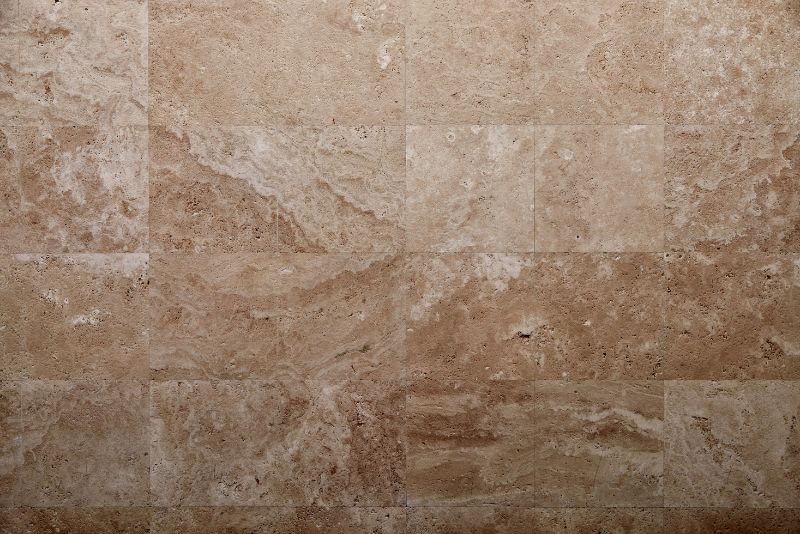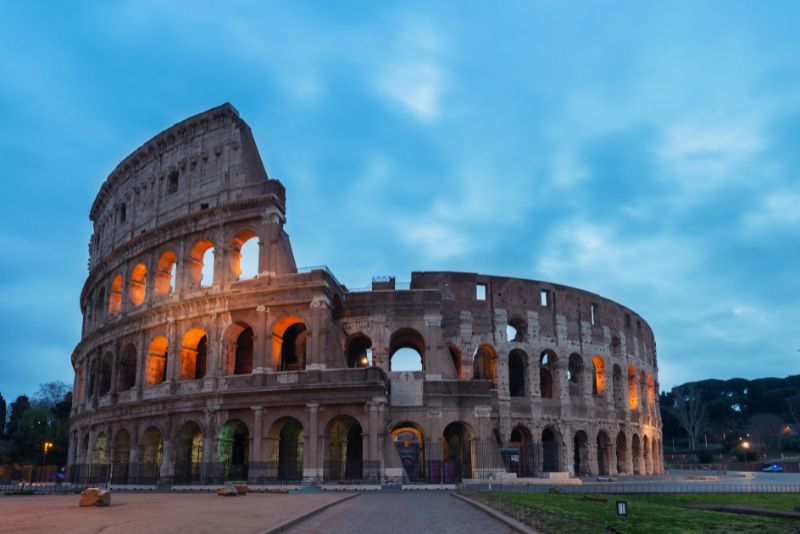
Is your travertine looking a little worse for wear? If your stone surface has collected dirt and grime, cracked, stained, or is appearing dull, it’s time to invest in professional stone restoration services like those offered by Marble Everlast. A beautiful combination of timeless design appeal and durability, travertine or other stones can last for decades if maintained properly.
Understanding Travertine
Travertine is a limestone rock predominantly made of calcium carbonate, making it a calcareous stone. As a sedimentary rock, it typically forms in mineral springs, particularly hot springs, where calcium carbonate, known as calcite, mixes with other minerals to form the distinctive swirl patterns characteristic of travertine.
Where It’s Used

Travertine is a versatile material, often used in tiles, benchtops, and vanities. The stone’s enduring appeal is evident in its extensive use since Roman times, with the iconic Colosseum among many structures built from travertine.
Today, it’s mined from quarries found worldwide, with the majority of the world’s travertine currently extracted from mines in Turkey, Italy, Iran, Mexico, and Peru.
Cleaning and Maintaining Travertine
To prolong the lifespan of your travertine tiles, regular sealing and cleaning is essential. Sealing the stone helps close its pores, preventing staining and etching. Regular cleaning with warm water wipe downs and a monthly scrub with a stone cleaner specially designed for your travertine floor is recommended.
However, it’s important to avoid using acids such as vinegar and lemon juice, as these can react with the calcite in the stone, leading to etching and exposing the stone’s pores to further staining.
Restoring and Repairing Travertine
Despite your best efforts, high traffic areas like kitchens and floors may still sustain damage over time. However, rest assured that it’s possible to restore your travertine to its former glory.
Typically, a restoration process involves:
1. Dust and liquid mess containment by masking off the area.
2. Deep cleaning of the travertine surface using a suitable cleaning solution and a 17-inch floor machine for a thorough scrub.
3. Filling any holes, chips, and cracks that have formed.
4. Resurfacing the area with diamond pads to remove worn spots, etching, scratches, and to level off the fill applied.
5. Applying the final finish (usually polishing or honing) based on your style preference.
6. Applying a sealer with a lambswool to close the pores and prevent stains and etching.
From bathroom restoration to benchtop repair, experts like Marble Everlast have got you covered. At Marble Everlast we’re renowned for restoring travertine surfaces that have chipped, cracked, etched, or stained.
Testimonial
Customers are continually amazed at the results. Here’s what Lonna had to say about her experience:
“Absolutely love the job these guys did on our floors. Our travertine tiles look brand new again – such a huge difference. The team were amazing, knowledgeable and so helpful. Give these guys a call, you won’t be disappointed.” – Lonna Dall’Osto Google Review
Don’t let wear and tear diminish the beauty of your travertine. Call Marble Everlast today at 0401 508 938 for a free quote on professional travertine restoration. Let us help you bring your stone surfaces back to life!



